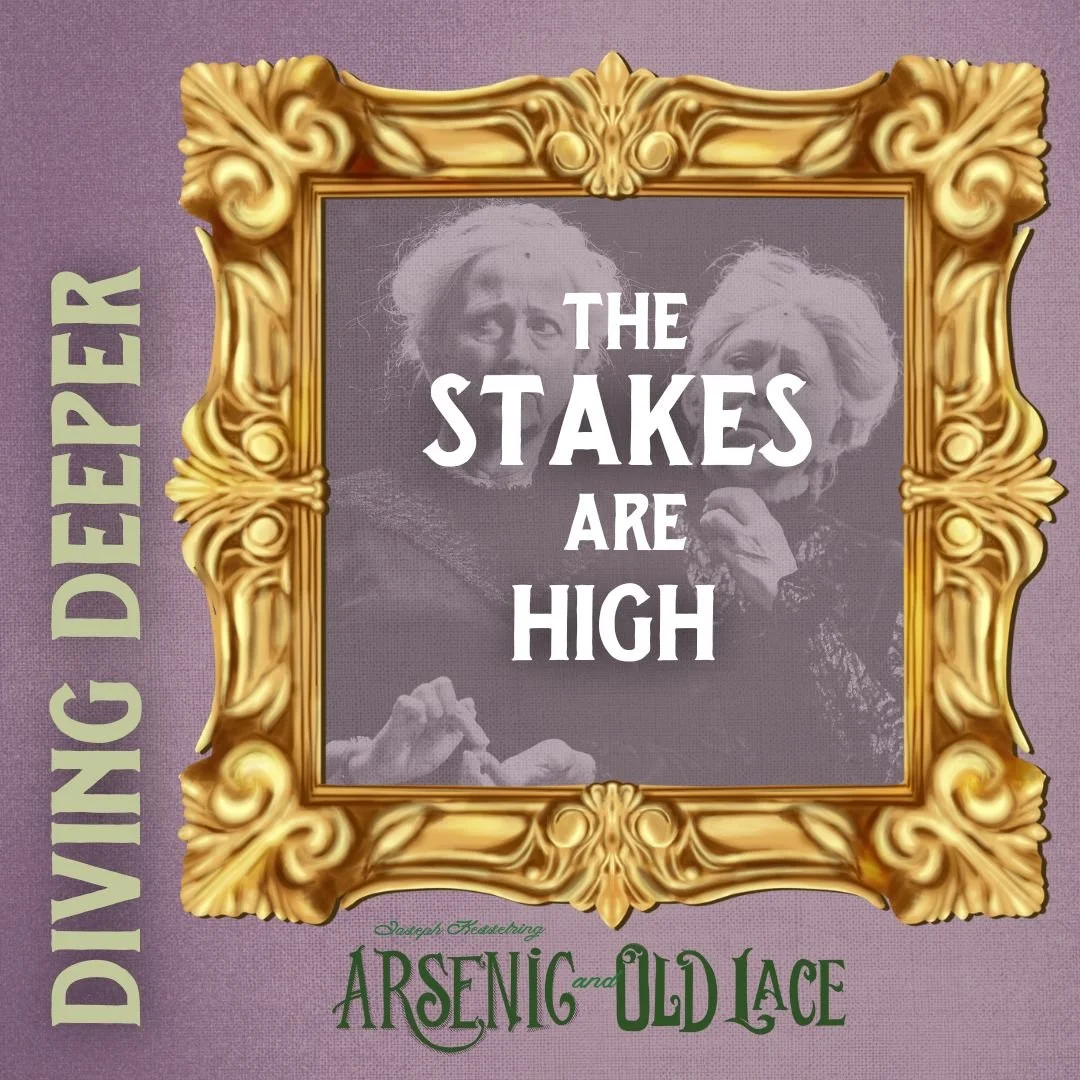In folklore, vampirism often served as a symbol of disease, particularly when medical knowledge was limited and misunderstood. In Eastern Europe, especially among the Slavs, vampires were a convenient explanation for mysterious deaths caused by unknown diseases. Villagers, fearing that recent deaths were caused by vampires, would exhume and mutilate bodies believed to be undead in an effort to stop the spread of illness and prevent further deaths. The association between vampires and disease was particularly strong, with ailments such as cholera, tuberculosis, typhoid, and rabies being attributed to vampiric activity.
Villagers would unearth and desecrate corpses believed to be vampires to prevent them from killing again. (Lithograph by R. de Moraine, 1864)
Data from the period of the Great Vampire Epidemic links rabies to a large number of deaths in Eastern Europe, some stemming from rabid wolves.
Vampire legends date back to at least the 9th century and were so significant that Serbian law banned "vampire burials" in the 14th century. The “Great Vampire Epidemic” began in 1725 after a suspected vampire case in Serbia. Panic spread across Eastern and Western Europe, as decomposition was mistakenly associated with vampirism. Diseases like pellagra and rabies, whose symptoms mirrored aspects of vampirism, added to the hysteria. Pellagra, caused by a deficiency in niacin (B3) and tryptophan, resulted in symptoms like sensitivity to sunlight and foul breath, while rabies, which spread through bites, caused victims to avoid sunlight and react to strong odors, like garlic—a classic vampire repellent in folklore.
Across different cultures, vampires had their own unique forms. The Romanian Strigoi, the Russian Upir, and the Greek Vrykolakas all shared similarities with the modern vampire, though early descriptions differed from the pale, gaunt figures we recognize today. Instead, early vampires were often depicted as bloated, with ruddy or dark skin, a reflection of their supposed recent death. These undead creatures would often visit loved ones or cause harm in their former neighborhoods, spreading mischief or death.
The modern, charismatic vampire was born in the 19th century, most notably with John Polidori’s 1819 publication of The Vampyre, which introduced a sophisticated and alluring version of the creature. While various ancient cultures like the Mesopotamians, Hebrews, and Romans had tales of demons and spirits that predated the vampire, it was southeastern Europe in the early 18th century where the folklore of vampires, as we know them today, took shape.
Bram Stoker’s Dracula is hands down the most influential novel shaping the modern vampire legend, laying the foundation for the iconic, mysterious vampire we know today. The novel was published in 1897 and was considered a unique take on the vampire myth.
Pre-Dracula Vampire novels
1800s “A Visit to the Theatre” by Alexandre Dumas
1849 “The Pale Lady” by Alexandre Dumas & Paul Bocage
1872 “Carmilla” by J. Sheridan Le Fanu
1894 “The Parasite” by Sir Arthur Conan Doyle
Vampires were not only feared for their potential to cause death and disease but also for their association with the supernatural. Traditional protections against vampires varied across cultures, with wild roses, hawthorn branches, and mustard seeds often used to ward them off. In some places, methods of preventing vampiric activity included severing the tendons at the knees of a corpse or scattering seeds at the grave site to keep the vampire occupied counting grains—a form of arithmomania associated with vampires across many cultures, including in China, India, and South America. These legends of the undead, although fantastical, offer a window into how societies historically understood and coped with disease and death in times of uncertainty.
This 19th century vampire-slaying kit was owned by Lord William Malcolm Hailey. source: HANSONS AUCTIONEERS and VALUERS LTD
A vampire-slaying kit once owned by a British aristocrat sparked an international bidding war before selling for six times its estimated price, according to Hansons Auctioneers.
The late 19th century box kit, which sold for £13,000 ($15,736.49), belonged to Lord William Malcolm Hailey (1872-1969), a British peer and former administrator of British India, Hansons Auctioneers said in a news release.
“Whether through fear or fascination, it’s interesting to know a member of the highest aristocratic social order, a man with a place in the House of Lords, acquired this item,” said Charles Hanson, owner of the auction house. “It reminds us that the vampire myth affects people from all walks of life.”
The box features essential items needed to ward off blood-thirsty vampires – including crucifixes, holy water, wooden stake and mallet, rosary beads, a Gothic Bible, brass candlesticks, matching pistols and a brass powder flask.
—CNN article, 2022










